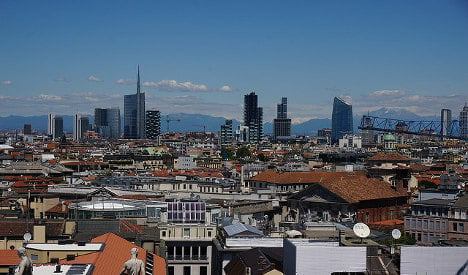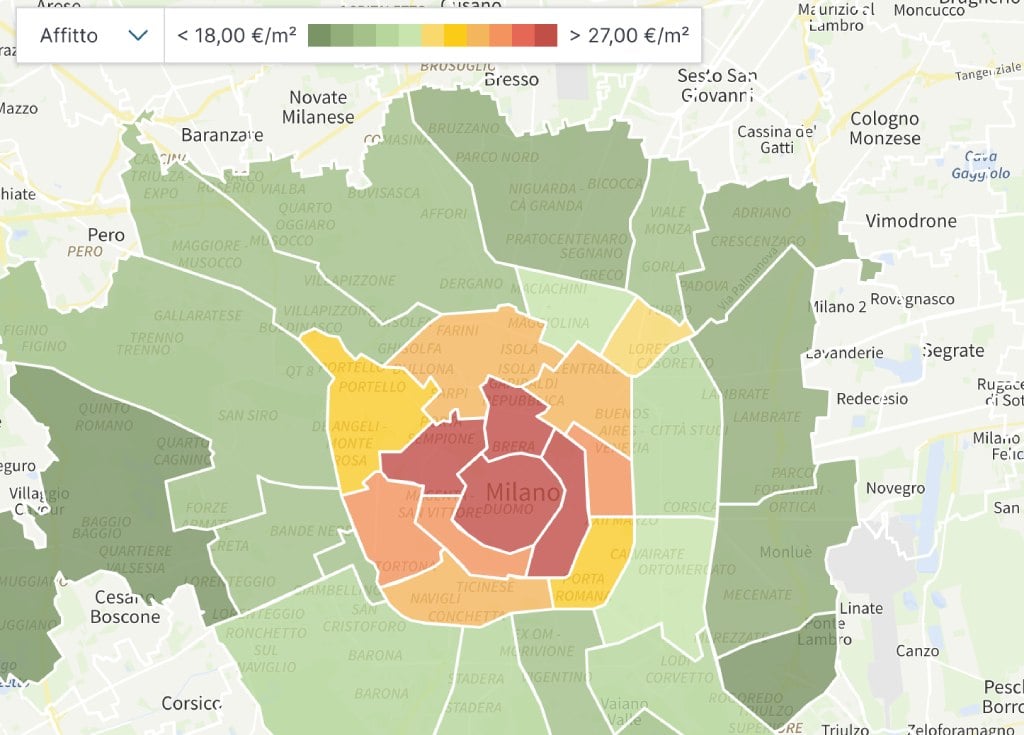The ceiling caved in on a classroom of five children, all aged 13, and their teacher at around 9:30, in the Alessandro Manzoni secondary school in the town of Rho.
Three of the students were taken to hospital; a girl and a boy had each sustained mild injuries from the falling debris while a second boy was treated for shock. Children were evacuated from the entire school while fire fighters carried out checks.
The fire fighters determined that the outer layer of the ceiling had collapsed; about two square metres of plaster, and they said that only the affected classroom – where renovation works had already been planned – was unusable.
However, mayor Pietro Romano later ordered the closure of the whole school until next Wednesday as a precaution, Il Fatto Quotidiano reported.
According to Milan daily Il Giorno, headteacher Ferdinando Panico banned reporters from recording footage or taking photographs when they arrived at the school.
Earlier in the week, the roof of the gym at another Lombardy school, the Mameli secondary school in, collapsed overnight, leaving parents demanding better safety checks.
“Italian schools have certain weaknesses and problems to overcome. Among these is the issue of safety and adequate quality of the buildings and classrooms,” said Italian president Sergio Mattarella on Friday, who was speaking at the opening of another school in the Lombardy region.
Mattarella added that the government would allocate funds to deal with safety of school buildings.
Concerns about the stability of Italy's schools have been raised in the aftermath of the earthquake in central Italy on August 24th.
Almost a third of schools (28 percents) in the area have been left unusable following the disaster, despite many of them supposedly being built to “earthquake standards”.
One month after the earthquake, Rome's financial police announced that it had submitted its probe into the collapse of the Romolo Capranica elementary school in Amatrice – which was supposed to have been upgraded to modern anti-quake norms – to the National Anti-corruption Authority.
“You do not joke when schools are at stake, I speak as a father rather than a prime minister,” Renzi said, calling on Italy's mayors to invest in shoring-up sites of learning at risk across the country.





 Please whitelist us to continue reading.
Please whitelist us to continue reading.
Member comments